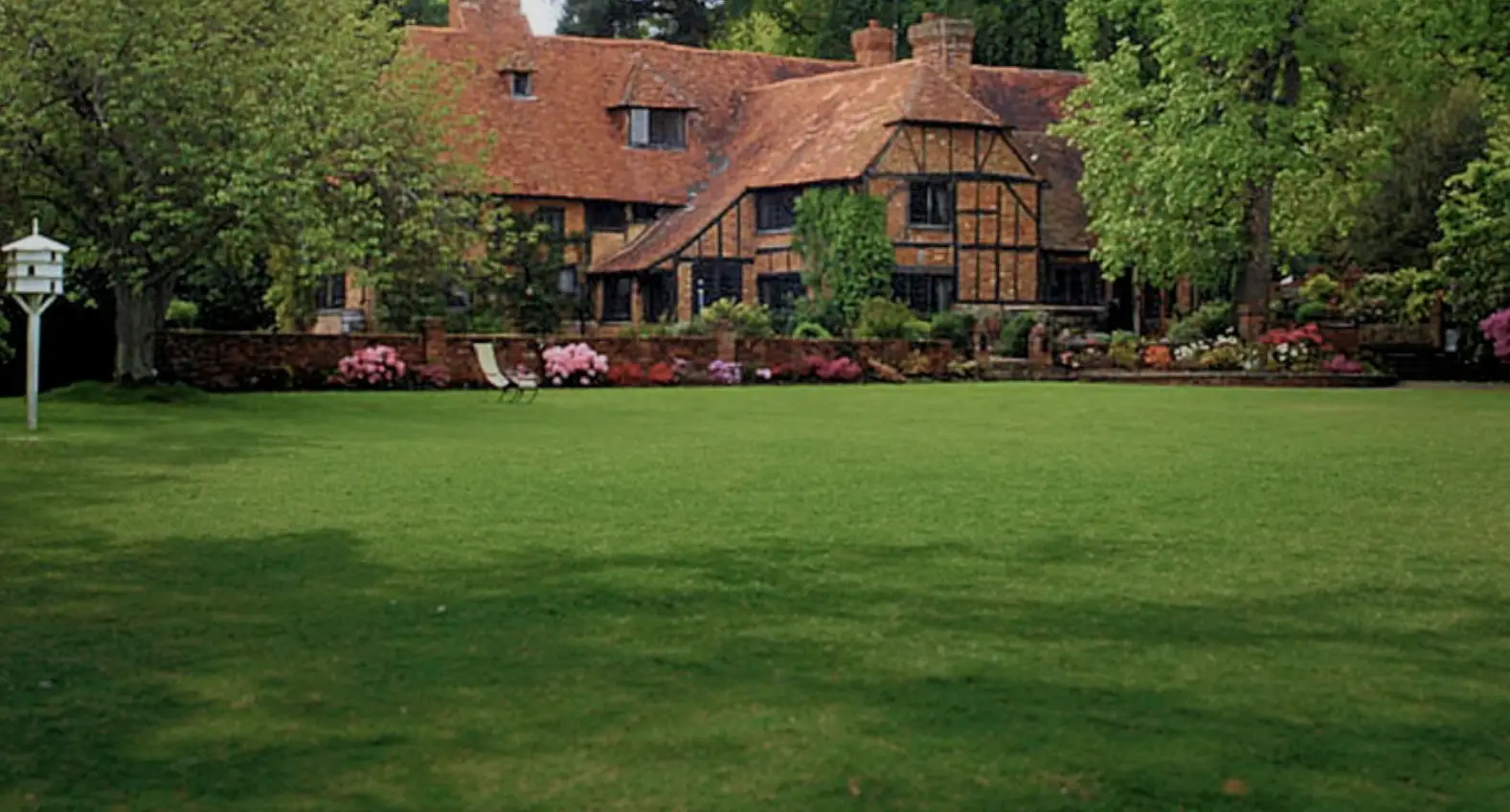Even before George walked out of the rehearsals, there was a meeting planned to discuss some potential business that the Beatles did not want to elaborate on in front of cameras. We can assume that the meeting addressed George’s grievances as well. But what were they?
Being taken seriously, not just as a songwriter but as an equal in the band, had been an issue with George since he joined John and Paul in 1958. As their songwriting partnership strengthened in the early days, the two would work together, “eyeball to eyeball” as they’d say, and then teach the songs to George and Ringo. Usually, since John and Paul had their Everly-style harmonies down, George would have to find a complicated third part to sing. While this certainly was a musical education, once he started writing songs worthy of Beatle albums, he would have to wait until John and Paul had gone through their existing supplies. It was an uphill battle; George Martin repeatedly lamented after the fact that he was just as guilty of not encouraging George in the studio.
George did see Apple in the same way Paul did: with the intention to encourage struggling artists, and certainly friends, whom he felt deserved exposure. He spent several months producing a solo album for Apple songwriter Jackie Lomax, who’d already recorded George’s “Sour Milk Sea” as his first single, which featured Paul and Ringo in the rhythm section plus Eric Clapton on guitar and Nicky Hopkins on piano.
Following the completion of mixing the album in Los Angeles, George and his wife Pattie visited Bob Dylan’s family in upstate New York around Thanksgiving, and while there he met the members of The Band, whose debut Music From Big Pink album had been released in July. After writing some songs with Dylan, and seeing the communal atmosphere among The Band (at that time anyway) that had also resulted in 1967’s fabled Basement Tapes with Dylan, George was itching to have that kind of camaraderie and give and take with the guys he’d known and played with for ten years. (Jackson’s edit depicts George talking about The Band in passing, to little response from John or Paul.)
Something that is not discussed at all is George’s personal life. According to Pattie, Eric Clapton’s ex-girlfriend Charlotte Martin had been staying with them at their house, and after a New Year’s Day party seemed to be getting very chummy with George. Pattie confronted him, he called her paranoid, and she moved out to stay with friends. In her memoir, she says, “Six days later George phoned me to say that the girl had gone and I went home.” (This adds another angle to Clapton’s own infatuation with Pattie, which would become legendary on its own.)
Another issue that could have exacerbated the atmosphere may have been lingering since the previous month. George had apparently met some members of the Hells Angels in California, and innocently invited them to “drop by” the Apple offices should they ever be in London. Sure enough, during the first week of December 1968, two of them arrived at Apple, along with a coterie of unwashed companions, including writer Ken Kesey, and hefty import fees for their motorcycles, which Apple duly paid. The crew took up space in the building all month, through the company’s lavish Christmas party, where the two Angels came close to decking John in his Father Christmas outfit, but mostly laid waste to the banquet as soon as it was revealed. While the exact date of their eventual departure has not been recorded, most sources say the new year had already started by the time George managed to convince the bikers et al that it was time to move on.
So while there were plenty of factors affecting his mood in this period, we still don’t know what exactly happened on January 10 in the moments before George told the band he was leaving. Did something specific erupt over lunch? Or was it simply a slow-boiling kettle? His diary for the next day reported that “John and Yoko came and diverted me at breakfast”; he would later say he wrote “Wah-Wah” during this period. But future testimony from George doesn’t elaborate any further than that he was simply fed up with the group dynamic, and that he realized he had other options for playing music, certainly with people who gave him more respect, musically as well as personally.
One final note for this segment: the credits for Part 1 begin to roll as George’s “Isn’t It A Pity” demo plays. When this song ends, the music switches to the instrumental “The Castle Of The King Of Birds”; Jackson’s edit includes Paul playing this briefly on the piano on January 9. This group version, recorded on January 6, is led by Paul on organ, with Ringo keeping time and John and George adding simple electric guitar elements. After two minutes there’s a solo piano interlude, then the band comes in again with organ. For the final 30 seconds, it’s just Paul on piano.
These are certainly taken from several longer renditions and jams and re-edited, and while it’s merely noodling over the same two chords, we find it fascinating. It’s exactly the type of thing that could have been included in the hardly-to-capacity bonus discs in 2021’s Let It Be Super Deluxe Edition, but wasn’t. (Paul would later use this melody for a proposed Rupert The Bear feature film soundtrack that was never completed.)

No comments:
Post a Comment